Almond Tree Hand Pollination: How To Hand Pollinate Almonds
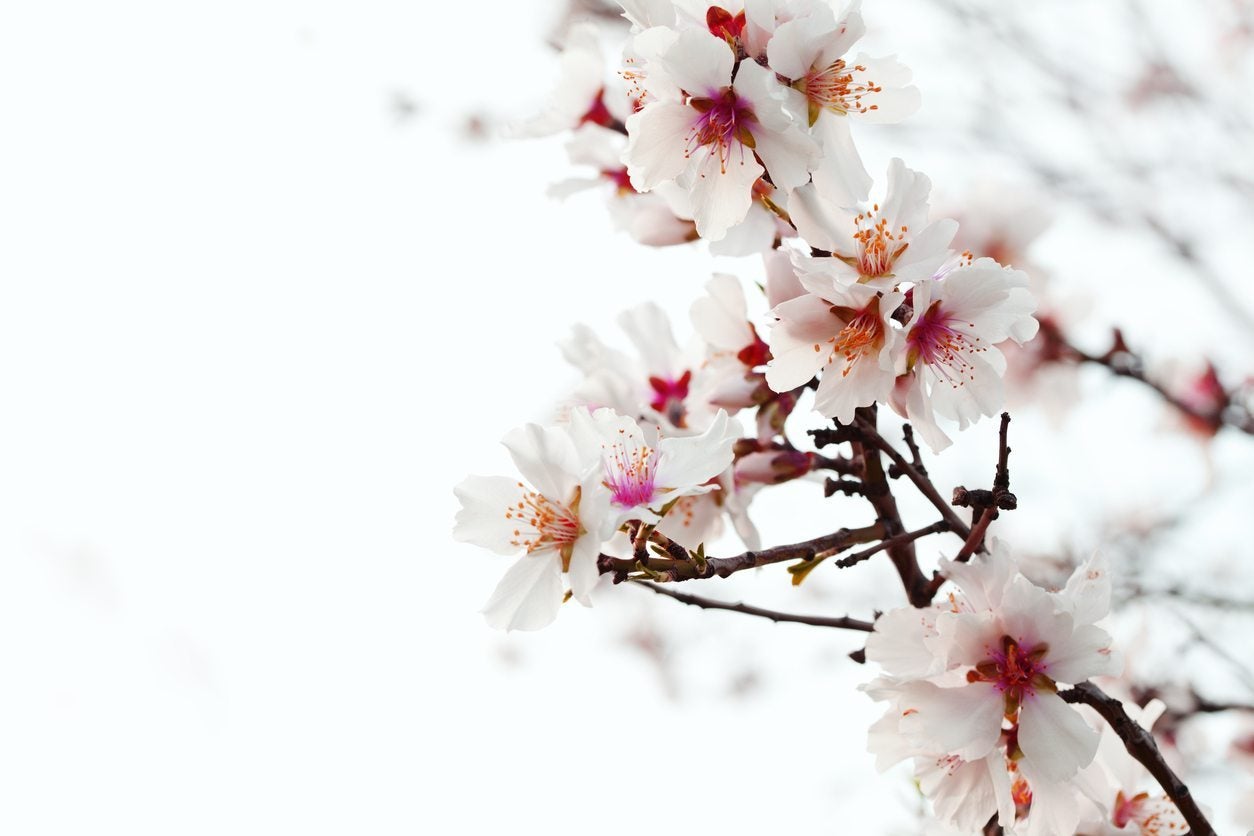
Almonds are one of the most valuable bee-pollinated crops. Every February, about 40 billion bees are trucked to almond orchards in California to help produce the world’s largest almond harvest. With the decline in honeybee populations, home almond growers may wonder, “Can you pollinate almonds by hand?”. Hand pollinating almond trees is possible, but it is a slow process, so it’s only a possibility on a small scale.
How to Hand Pollinate Almonds
When almond flowers open in the early spring, the flowers should be pollinated as quickly as possible to ensure a good yield. Each almond flower has many stamens (the flower’s male parts) and one pistil (the flower’s female part). When the flowers are ready, the yellow, dusty pollen will be visible on the anthers, the kidney-shaped structures on the ends of the stamens. To achieve pollination, a pollen grain must come to rest on the stigma, the surface at the end of the pistil, of a compatible flower. Most almond varieties produce flowers that are self-incompatible. For genetic reasons, pollen from each tree cannot effectively pollinate flowers on the same tree. You’ll need two trees of different varieties. Before planting, make sure the two varieties are compatible and that they will be in bloom at the same time. To pollinate almonds, transfer pollen from flowers on one tree into a jar, and immediately bring the pollen to another tree. Then, use a piece of cotton or a paintbrush to lift some of the pollen and brush it onto the stigma of another tree. Or, remove several flowers laden with pollen from one tree and touch the pollen-bearing anthers to the stigmas of flowers on the other tree. Almond tree hand pollination is easier if you have a self-fertile variety, such as All-in-One, Tuono, or Independence®. In that case, you can transfer pollen from one flower onto another flower on the same tree, or even from an anther to the stigma within the same flower. The wind can also help these trees self-pollinate.
Alternatives to Hand Pollinating Almond Trees
Hand pollination is necessary where bees are not available. And hand pollination may allow an even higher percentage of flowers to develop into mature nuts than bee pollination does – if you can reach all the flowers, that is. However, hand pollination is quite labor intensive, and you might have difficulty reaching flowers high in the tree. If you have more than a few almond trees, renting a hive is the best way to ensure pollination. Attract bumblebees and other wild bees to your property by providing a source of water and planting other bee-pollinated flowers. Avoid using insecticides on your property, especially during the almonds’ flowering time, to prevent harm to the bees.
Gardening tips, videos, info and more delivered right to your inbox!
Sign up for the Gardening Know How newsletter today and receive a free copy of our e-book "How to Grow Delicious Tomatoes".
Ilana Goldowitz Jimenez is a scientific and agricultural writer with a B.S. in Plant Sciences from Cornell University and a PhD in Chemical Biology and Infectious Disease from Harvard University.
-
 Grow ‘Karl Rosenfield’ Peony Plants For The Ultimate Frilly Border Beauties And Cut Flowers
Grow ‘Karl Rosenfield’ Peony Plants For The Ultimate Frilly Border Beauties And Cut FlowersFor frilly double magenta peony petals infused with a heady fragrance, grow ‘Karl Rosenfield’ peony plants. Here’s how to cultivate the ultimate plushy blooms
By Tonya Barnett
-
 10 Common Composting Problems That Can Spoil Your Garden Gold – Plus Easy Fixes
10 Common Composting Problems That Can Spoil Your Garden Gold – Plus Easy FixesLearn how to troubleshoot common composting issues before they ruin your stash – from bad smells and bugs to materials not breaking down as they should.
By Susan Albert
-
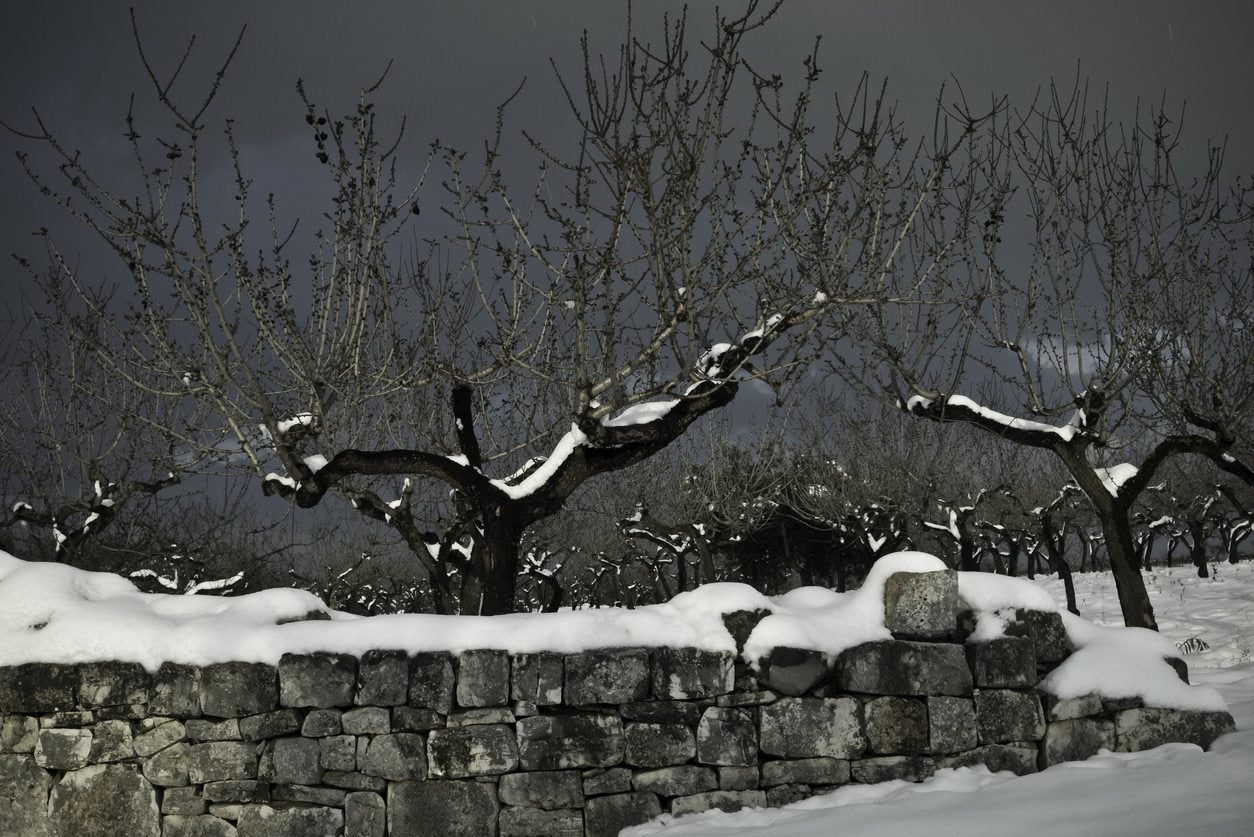 Almond Winter Care – What To Do With Almonds In Winter
Almond Winter Care – What To Do With Almonds In WinterWith early blooms in mild climates, almond trees are making their way into the landscape, providing homeowners with early spring blooms, healthy nuts and an attractive landscape plant. Click this article for tips on what to do with almonds in the winter.
By Darcy Larum
-
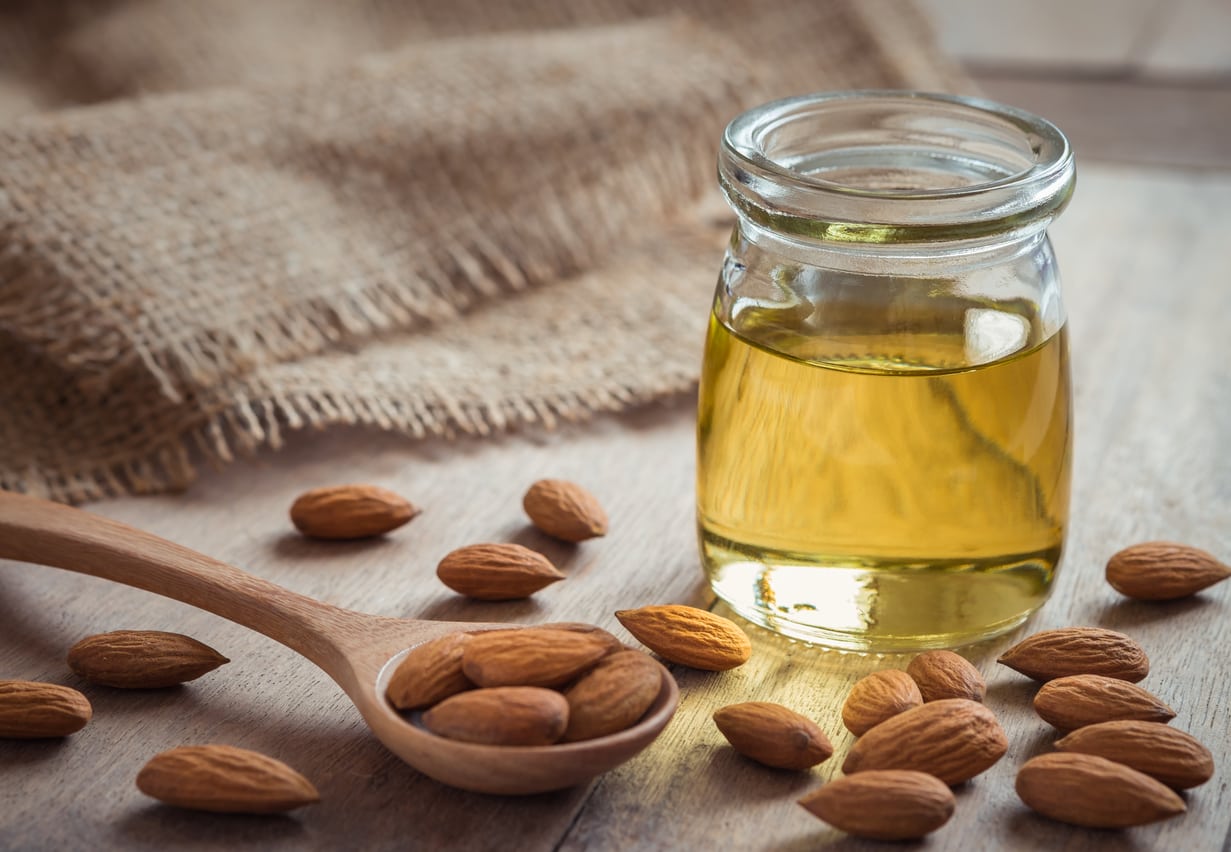 Almond Oil Information: Tips For Using Almond Oil
Almond Oil Information: Tips For Using Almond OilAlmond oil is nothing new. But exactly what is almond oil and how do you use it? The following article contains almond oil information. Learn about the uses of almond oil and more. Click here to learn more.
By Amy Grant
-
What Is Hull Rot: Learn How To Avoid Rotting Nut Hulls
Almond hull rot is a fungal disease that affects the hulls of nuts on almond trees. It can cause big losses in almond farming, and the occasional backyard tree. Understanding basic identifying factors can help you manage this disease. Learn more in this article.
By Mary Ellen Ellis
-
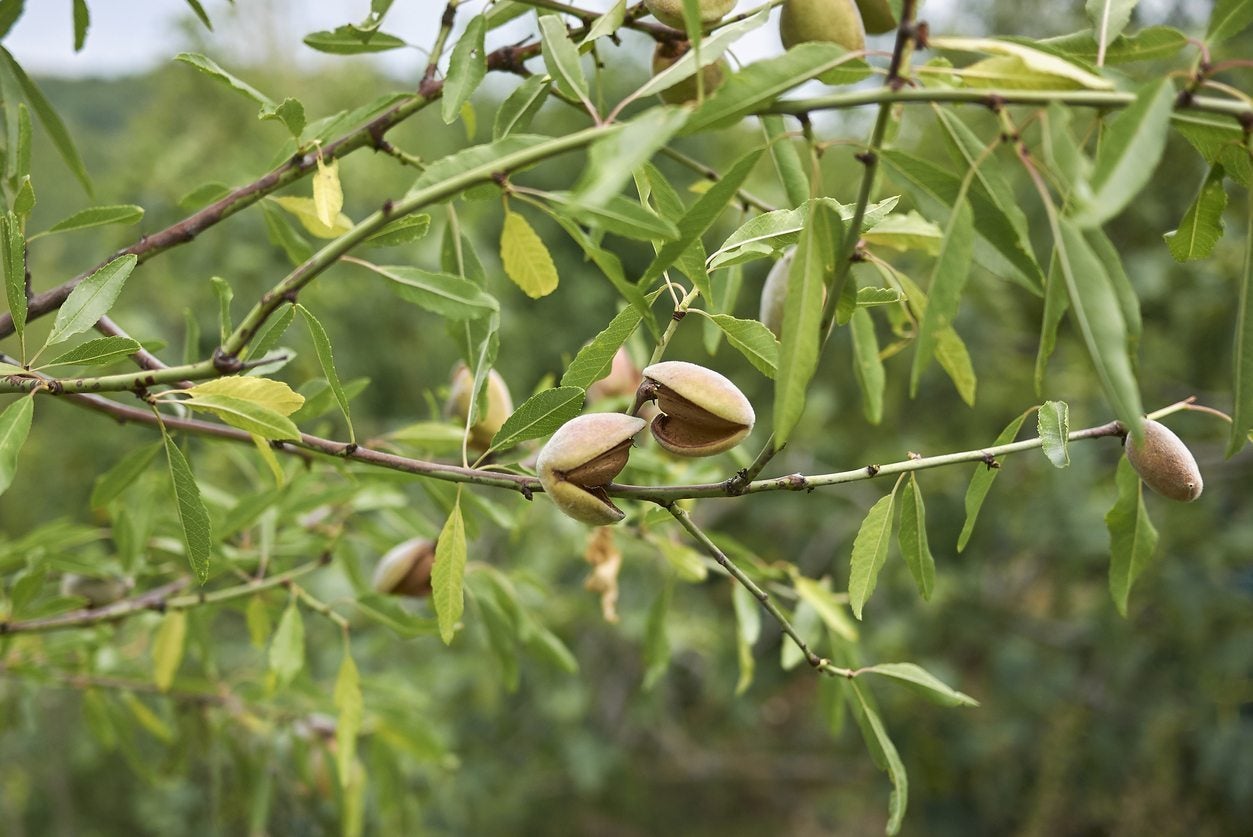 Can You Grow Almonds From Cuttings – How To Take Almond Cuttings
Can You Grow Almonds From Cuttings – How To Take Almond CuttingsAlmonds are usually propagated by budding or grafting. How about rooting almond cuttings? Can you grow almonds from cuttings? Find out how to take almond cuttings and other information about propagating almonds from cuttings in this article.
By Amy Grant
-
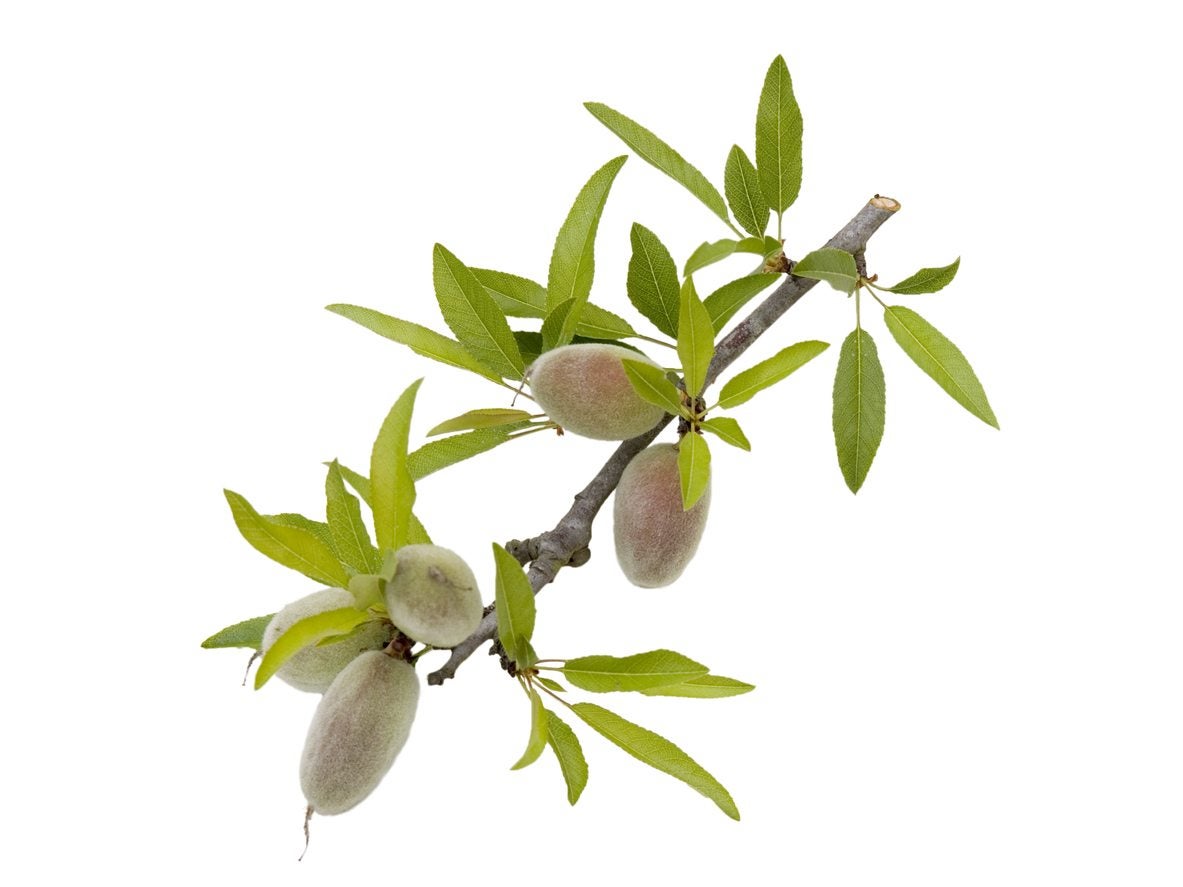 Almond Propagation Methods: Tips On Propagating Almond Trees
Almond Propagation Methods: Tips On Propagating Almond TreesAlmond trees have become a popular nut tree for home gardens around the world. They can be purchased from garden centers and nurseries, or propagated at home from an existing almond tree. Click here to learn how to propagate an almond tree.
By Darcy Larum
-
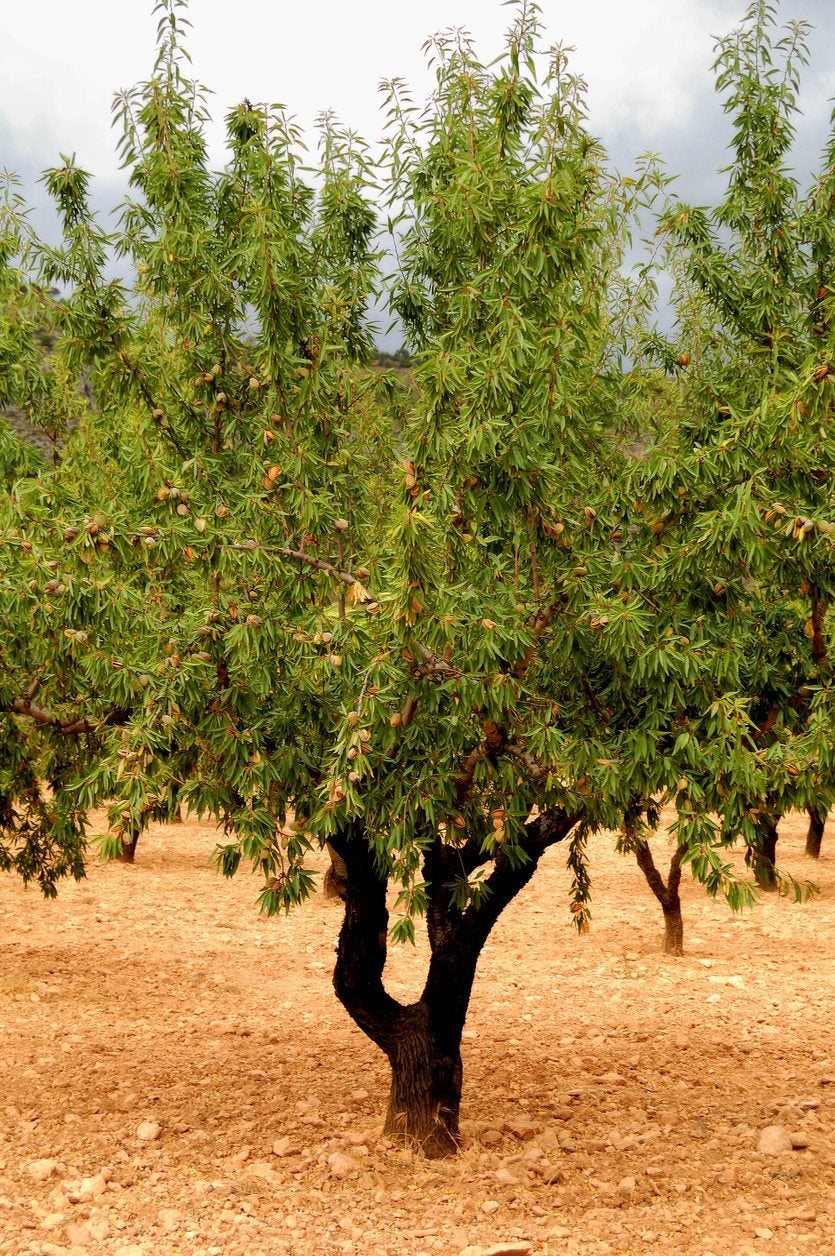 Moving An Almond Tree – How To Transplant Almond Trees
Moving An Almond Tree – How To Transplant Almond TreesDo you have an almond tree that for one reason or other needs to be moved to another location? Then you're probably wondering if you can transplant an almond? If so, click on this article for some helpful almond transplant tips.
By Amy Grant
-
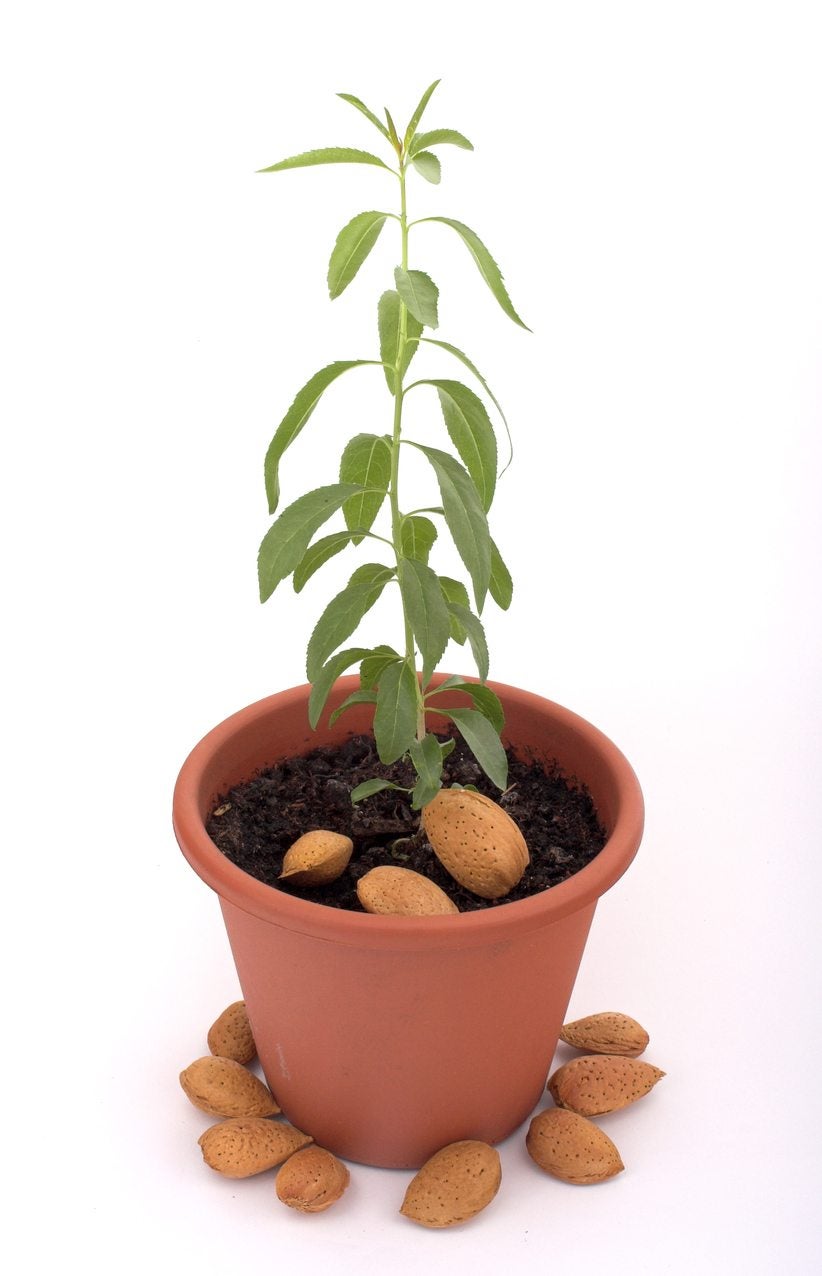 Planting Almond Nuts – How To Grow An Almond From Seed
Planting Almond Nuts – How To Grow An Almond From SeedAlthough almond germination does take a little know how, propagating your own seed grown almond trees is definitely a fun project for the novice or avid home gardener. Click on the following article to find out how to grow an almond from seed.
By Amy Grant
-
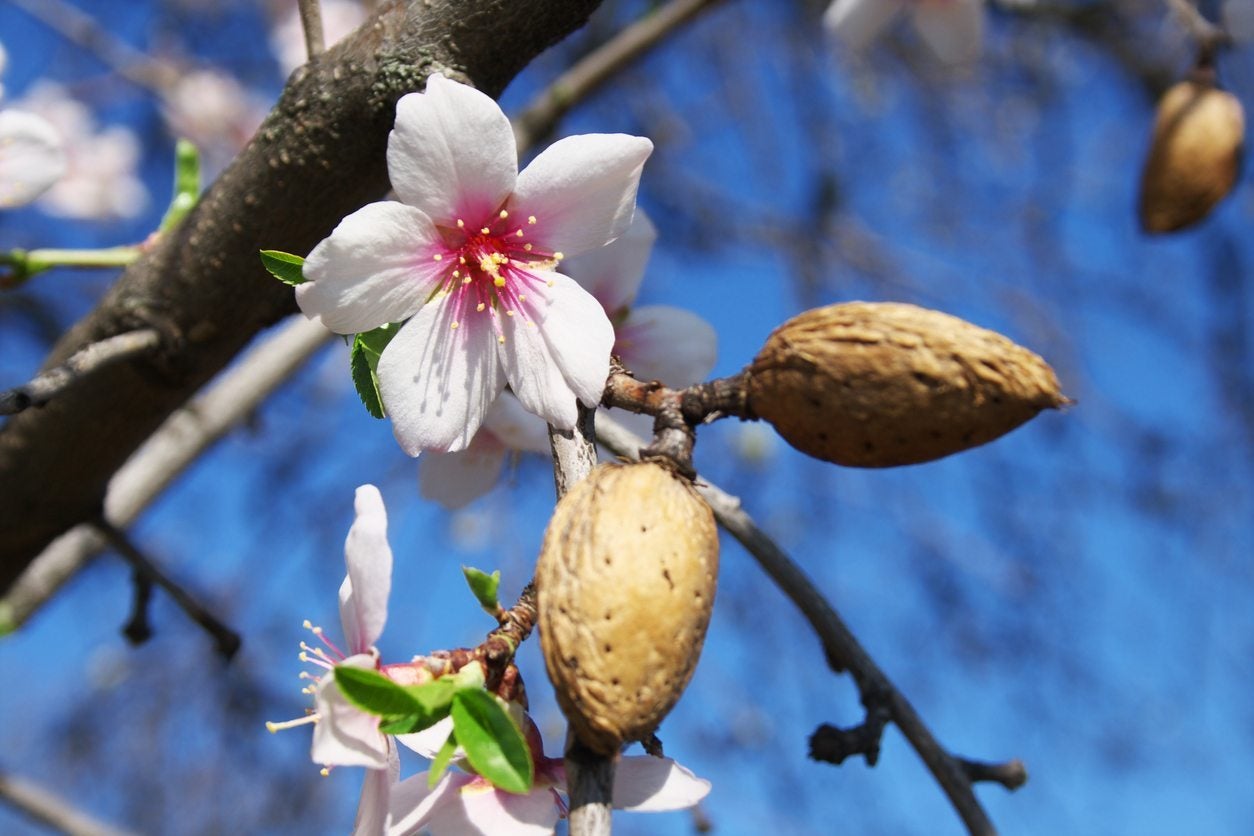 Almond Pest Control – Recognizing Almond Tree Pest Symptoms
Almond Pest Control – Recognizing Almond Tree Pest SymptomsUnfortunately, humans aren?t the only ones that enjoy almonds; there are lots of bugs that eat almonds, or the tree?s foliage. When treating pests on almond trees, it?s important to recognize almond tree pest symptoms. The following article can help with that.
By Amy Grant